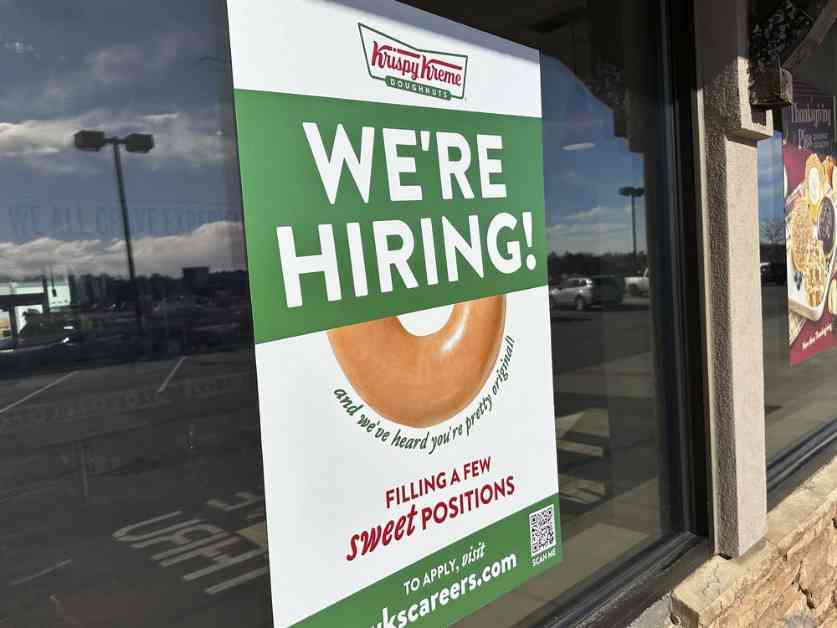The number of Americans applying for jobless benefits has decreased, reaching a seven-month low. According to the Labor Department, jobless claims fell by 2,000 to 213,000 for the week of Nov. 23. However, continuing claims, which represent the total number of Americans collecting jobless benefits, rose by 9,000 to 1.91 million for the week of Nov. 16.
While the number of new people applying for jobless aid each week remains at healthy levels, some individuals receiving benefits are facing challenges in finding new jobs. This suggests that there may be a decrease in demand for workers, even though the economy is strong.
The four-week average of weekly claims, which helps to smooth out some of the weekly fluctuations, was 1.9 million, showing an increase of 13,500 from the previous week’s revised average. Weekly applications for jobless benefits are often used as an indicator of U.S. layoffs.
In addition to the jobless claims data, The Commerce Department reported that the American economy grew at a 2.8% annual pace from July through September. This growth was driven by strong consumer spending and a rise in exports, with no change in the initial estimate of third-quarter growth.
Following some weakening employment figures and decreasing consumer prices, the Federal Reserve made two interest rate cuts – one in September and another earlier this month. However, with inflation still high, Federal Reserve officials are approaching future rate cuts with caution. There is uncertainty about their next steps, with most economists predicting a possible rate cut next month, but a potential pause in subsequent meetings.
Investors on Wall Street are closely watching the Fed’s actions, with the likelihood of another quarter-point rate reduction at the December meeting being seen as nearly even, according to CME Fedwatch. This uncertainty in monetary policy adds to the overall economic landscape, as the labor market and inflation levels continue to influence the decisions made by the Federal Reserve.






















